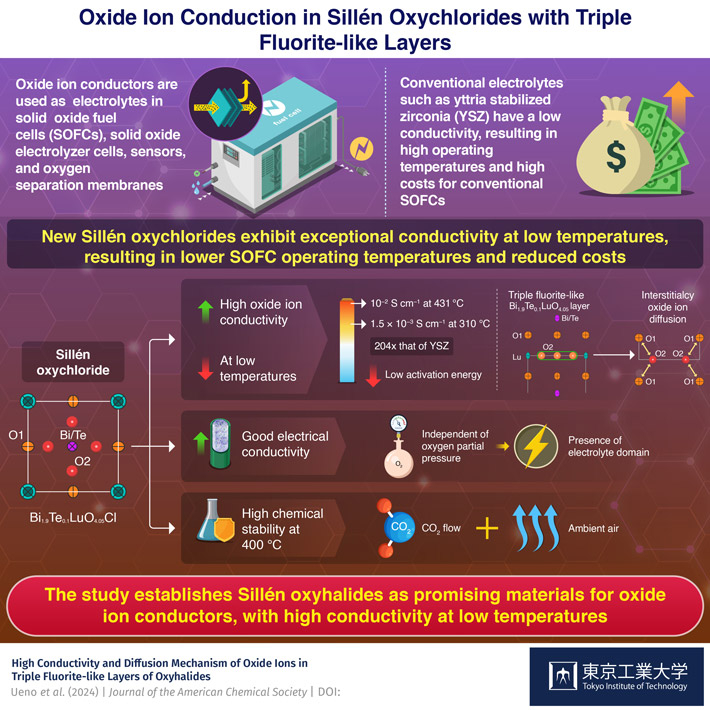The ‘foundation stones’ for Australia’s regenerative medicine (RM) future are now complete, with the publication of three resources offering new knowledge and benchmarking, purpose, and a firm, unified direction for the industry’s future.
Benchmarking the investment in the sector in Australia in 2019 and 2020, Australia’s Regenerative Medicine Investments Database reveals the extent of private funding and active interest that has been invested into the sector. Investment increased by 113 per cent between 2019 and 2020, and with $394.1 million invested into RM in 2020, this accounts for approximately 23 per cent of the overall capital invested into the Australian biotech sector. In addition, a group of four industry case studies demonstrates the breadth of cell and gene technology development present in Australia and its potential for addressing and managing patients’ unmet needs; and the Strategic Roadmap for the Regenerative Medicine Sector is charting the way ahead with priorities identified to support the sector’s growth.
The Regenerative Medicine Consortium has delivered the final ‘capstones’ in its 12-month project, which collectively demonstrate the breadth of opportunity present in the Australian RM sector.
New resource: Strategic Roadmap for the Regenerative Medicine Sector
To support Australian patients accessing world-class RM therapies that are sustained by a thriving Australian RM industry, a strategic roadmap for the Australian RM sector has been released.
The first strategy of its kind, it seeks to create an end-to-end world-class value chain that can discover, develop, and distribute RM, while creating jobs, commercialising research, exporting Australian therapies to the world, and attracting global therapies for Australian patients.
The roadmap articulates the objectives and priority actions, backed by a detailed discussion of the key barriers facing the RM sector. The five key strategic goals include: capabilities/workforce; collaboration; funding; regulation and policy; and infrastructure.
Developing and sustaining the necessary capacity and capability requires a coordinated approach across the public and private sectors, and the uniqueness of RM in both opportunity and in challenges is why Australia requires a unified, catalyst body led by industry and supported by governments championing the cause. As such, Australia’s new Cell and Gene Therapy Catalyst, co-led by AusBiotech and Medicines Australia, is committed to implementing this new strategy.
Included within the Strategic Roadmap is a sub-report that further investigates the skills and talent specific to the sector, and forms a plan to attract long term investment in the sector and the role of Australian biotech companies partnering with global companies.
Download the Strategic Roadmap for the Regenerative Medicine Sector here.
New resource: Australia’s Regenerative Medicine Investments Database
Investment in Australian RM companies grew with a 113 per cent increase in private funding over the period between 2019 and 2020, reveals the newly-published Australia’s Regenerative Medicine Investments Database report. With $394.1 million invested into RM in 2020, this accounts for approximately 23 per cent of the overall capital invested into the Australian biotech sector in 2020.
As a burgeoning sector working in a global environment, the report quantifies Australia’s position and reveals that while the country holds just 0.32 per cent of the global population, in 2020 it accounted for 1.5 percent of global RM investment (AU$26.3B in 2020).
The report breaks down the types of financing and shows that, compared with global norms, Australia is highly dependent (2020: 94 per cent, $371 million) on placements as a form of raising capital. This reveals the importance of institutional investors to the current Australian RM sector, and that Australian RM companies have little access to venture capital funding.
Continued investment pattern tracking for the sector will be important in understanding and supporting the growth of the Australian RM sector.
Download the Australia’s Regenerative Medicine Investments Database here.
New resource: Four Case Studies: Cell, Gene, Gene Modified Cell and Tissue Engineered Products
Four case studies demonstrating a depth of information on cell and gene technology development and their potential for addressing and managing unmet needs, has been released.
RM is a multidisciplinary field that seeks to develop the science and tools that can help repair, augment, replace, or regenerate damaged or diseased human cells, tissues, genes, organs, or metabolic processes, to restore normal function. It is a complex field addressing complex conditions, and the case studies are an important tool for increasing understanding of the science and the opportunities available.
The four case studies each focus on a different aspect of cell and gene technology: Cell therapy (Mesoblast), Gene therapy (Pfizer), Gene Modified Cell (Novartis) and Tissue Engineered Products (Orthocell).
The plain English report reveals the array of real-world applications for RM: a freak fall while mountain biking with friends in the Perth hills resulted in C6 quadriplegia; mild lymphoma that transformed into large B-cell lymphoma, a much more aggressive cancer that can be fatal within months if left untreated; a man’s 10 and three-year-old sons who were diagnosed with Duchenne muscular dystrophy – a rare disease occurring primarily in boys that typically results in losing the ability to walk when they reach eight to 12 years of age; and patients that prove unresponsive to corticosteroids when treating acute graft-versus-host-disease.
Read the Case Studies here.
The three new knowledge and resources for RM add to the resources previously released:
- Australia’s Regenerative Medicine Global Pipeline Tracker
- Australia’s Regenerative Medicine Manufacturing Capacity & Capability
- Australia’s Regenerative Medicine Clinical Trials Database
- The Regenerative Medicine Value Chain, The pathway from discovery to patient delivery
- Australia’s Regenerative Medicine Catalyst Body Funding & Model Structure
About the RM Consortium Project
The RM Consortium’s seven partners hold extensive insight and experience in the life science and regenerative medicines landscape in Australia. Led by AusBiotech, partners include Medicines Australia, Cell Therapies Pty Ltd, Novartis Australia and New Zealand, Biointelect Pty Ltd, Research Strategies Australia, and MTPConnect.
The RM Consortium has received matched funding through MTPConnect’s Growth Centre Project Fund Program, an Australian Government initiative supported by the Department of Industry, Science, Energy and Resources. It is a competitive matched funding program that aims to invest in ideas to boost the innovation, productivity and competitiveness of Australia’s MTP sector.





